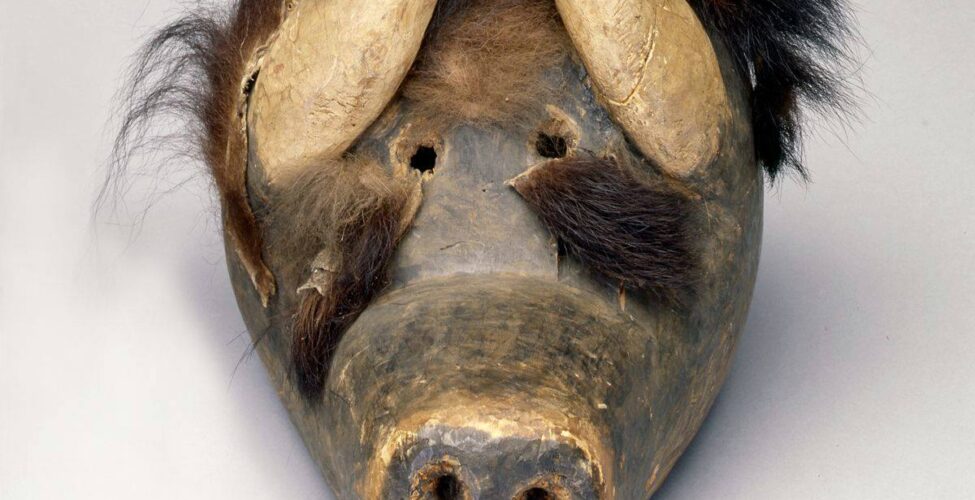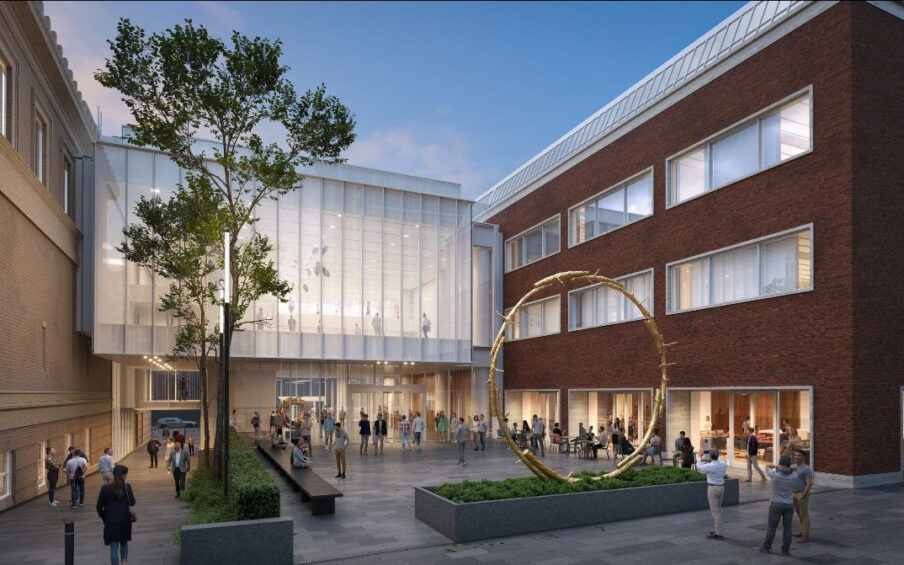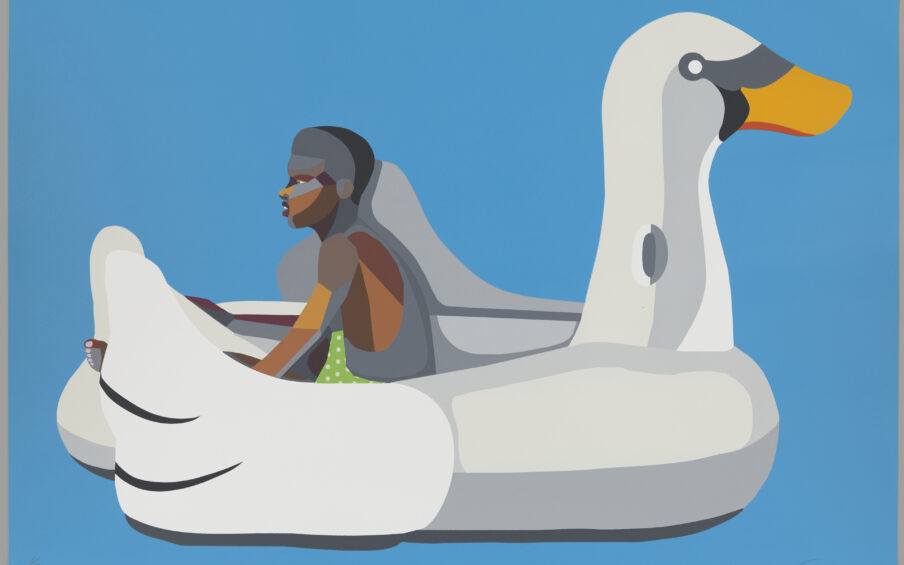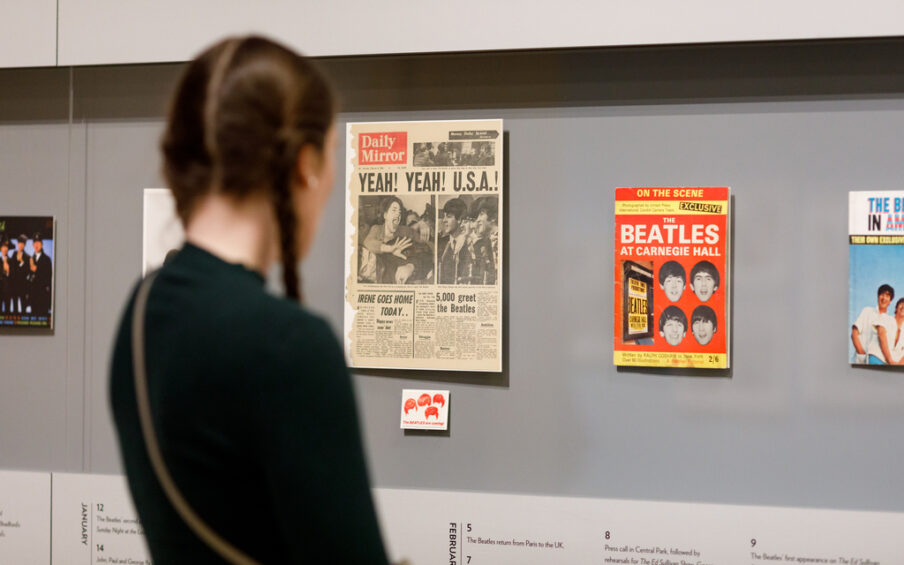“Some objects in our collection are a bit of a mystery because they were acquired with limited documentation. One of our challenges as curators is to determine if the information in our records is correct. This Cherokee mask is dated between 1850 and 1900 which is a broad range of dates during which there was tremendous change for the Cherokee Nation, spanning the decades immediately following forced relocation to Indian Territory (present-day Oklahoma) from southeastern states to the twentieth century. Jace Weaver, a scholar of Cherokee history, visited Portland last year and was able to confirm the identification of this mask as a rare and early buffalo mask that was probably created closer to 1850. Prior to relocation, by 1800, the eastern bison was extinct and buffalo masks were no longer used:
‘The so-called Old Settlers—Cherokees who voluntarily migrated West beginning in 1793, prior to Cherokee Removal in the late 1830s—began seeing the western bison. After the bulk of the Cherokee Nation was removed in 1838–1839, they too saw the western bison themselves. The making of buffalo masks gradually revived. …By 1900, of course, the western bison was also extinct in the wild. The last wild buffalo in what is today Oklahoma was killed in 1890.’
—Jace Weaver
I am looking forward to future opportunities to exhibit this rare and interesting mask that captures a snapshot of Cherokee cultural practice in the mid-nineteenth century and looking forward to more discoveries in the collection.”
—Kathleen Ash-Milby, Curator of Native American Art
Cherokee artist. Mask, ca. 1850/1900. Wood, paint, and hide. The Elizabeth Cole Butler Collection, 91.95.19



